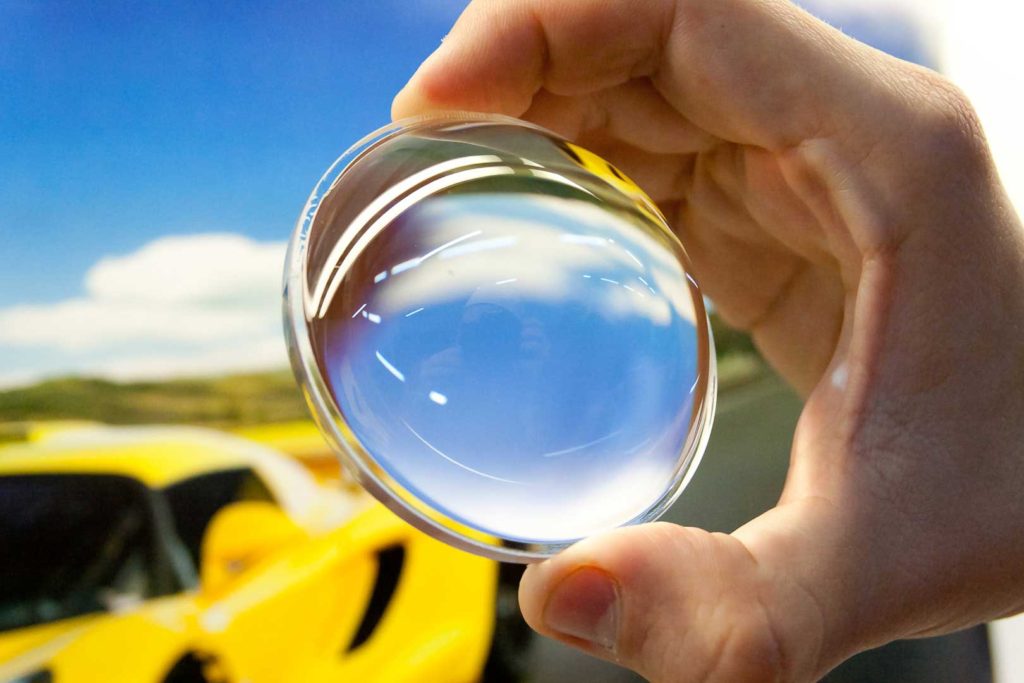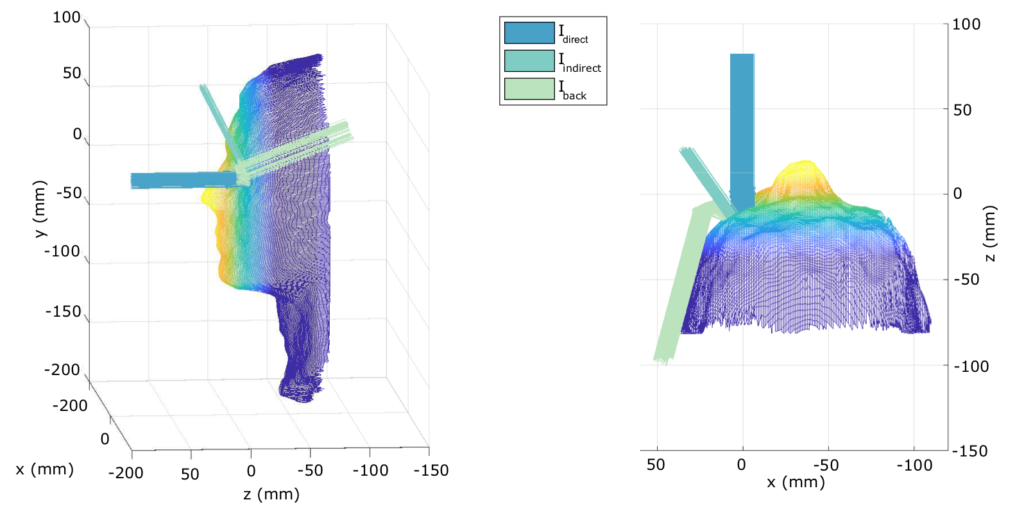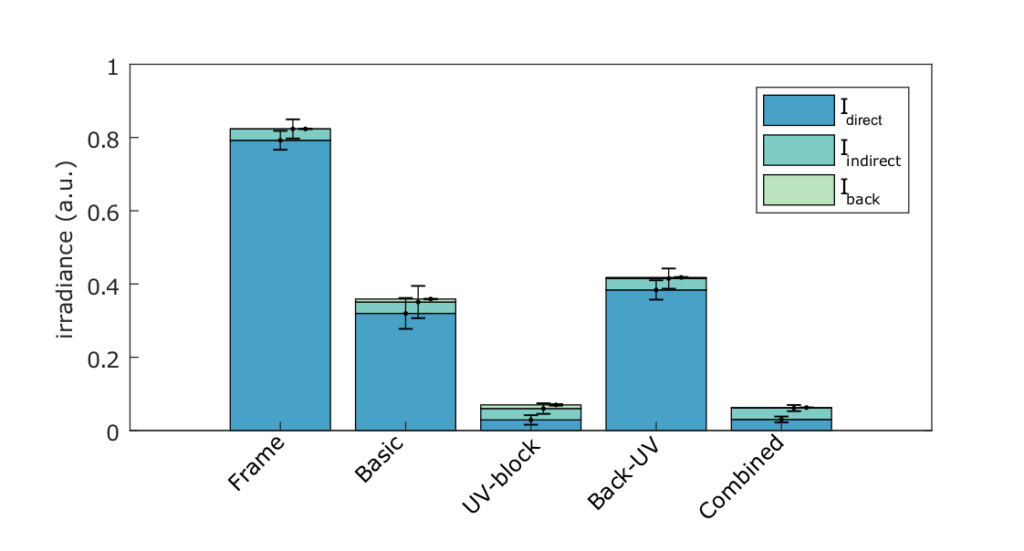
Ocular protection: clear modified lenses provide a great alternative to sunglasses. They can be worn in all environments and at all times of day and protect the wearer against the harm of UV light. Courtesy of The Retrofit Source.
A joint team of researchers from the University of Tuebingen in Germany and Carl Zeiss Vision explore the efficiency of clear lenses as forms of ocular protection against UV light in a recently published paper. They present three different variations of their clear lens, designed to be an supplement to sunglasses. The researchers hope to improve ocular protection by providing a low cost, daily-wear option that can be worn in all conditions and environment.
Why are clear lenses necessary for ocular protection?
The body is constantly exposed to harmful UV light, characterized as being in the range of 315 to 400 nanometers. It is well known that extended UV exposure is damaging to living tissue. Clothes and sunscreen offer good protection of the skin. However, the tissue of the eye and skin surrounding it are more difficult to protect. UV light can negatively affect the eyelid, surface of the eye, as well as the crystalline lens within the eye.
Frequent peripheral UV exposure can also lead to cataracts. Sunglasses offer a source of protection outdoors. Unfortunately, most individuals choose to only wear sunglasses when it’s very sunny outside. This is due to the tint of the sunglasses making it difficult to see when it is not sunny or bright outside. Clear lenses offering UV protection are a more socially acceptable form of protection when it is not as sunny outside or during other situations where the eye may be exposed to UV light, such as when inside a car or when inside.
What types of lenses do the researchers present?
The joint team developed three different types of clear spectacle lenses. The first type of lens was tailored to absorb UV light while the second reduced back-reflections. Finally, the third lens combined the two techniques. To optimize UV absorption, the UV absorbers in the lens substrate were improved. Additionally, during all experiments, a basic clear lens without any modifications was used. Traditionally, clear lenses contain some form of UV-absorbing material. They do not, generally, absorb light around 400nm as it causes a yellow tint due to the absorption of blue light. Therefore, most lens designers have sacrificed UV ocular protection in favor of lens clarity.

This image shows a visual from the MATLAB simulation performed. The different kinds of light, classified by their angle of incidence, are labeled. Courtesy of Biomedical Optics Express.
The three lenses, along with the control lens, were tested physically and through computer simulations. Specifically, the UV irradiance at the eye was measured and simulated. UV irradiance is the radiant power arriving at the surface of the eye. Typically, it is measured in Watts per square centimeter. Three angles of incidence of light were used in all measurements: direct, indirect, and from the back, reflecting against the lens into the eye.
What did the experiments prove about relative ocular protection provided by each lens?
The researchers performed MATLAB simulations as well as experiments done using a mannequin head. During the experiments, irradiance was measured at the location of the cornea. Researchers used a spectral sensor behind a diffusing plate. The processed data proved that the most effective lenses at providing ocular protection were the lens that absorbed UV light and the lens that combines an absorption of UV light and reduction of back-reflections. The lens with reduced back-reflection reduced irradiance to 42 percent. In contrast, it was reduced to 7 percent and 6 percent by the reduced UV absorbing lens and the combination lens, respectively.

These graphs show the overall irradiance for each type of lens as a result of each of the three different types of light. The first column shows irradiance for when the individual just wears frames without lenses. Courtesy of Biomedical Optics Express.
What else did the paper prove about harmful UV exposure?
Researchers collected very interesting data related to the angle of incidence of the UV light. For one, the light coming in from the back being reflected off the lens proved to be practically insignificant to the overall irradiance. Direct rays contribute the most to the ocular UV exposure. However, the exact percentage of how much each form of light contributed to overall irradiance depended heavily on the position of the individual and the exact, specific angle of light. The shape of the frames also contributes to t. Thicker frames can provide more shade against harmful UV light. The fit of frames can also make minor differences in the amount of UV light affecting the eye. However, overall, the wearing of clear lenses does dramatically decrease irradiance and should be recommended for wear.
To read more on the benefit of clear lenses for ocular protection, you can read the paper here.
